
Produce is a lot older than you think
Apples are primarily picked in the fall, so how are you finding them fresh in your supermarket in the middle of summer? Long storage, says David Barbour, co-founder of wellness company Vivio Life Sciences. “From the farm, apples are rushed to controlled atmosphere storage, and along with growing pesticides and coating chemicals, they are processed for storage until they come out the next apple season,” he says. “A generic grocery apple is of last season’s harvest.” That means your apple could be ten months old!
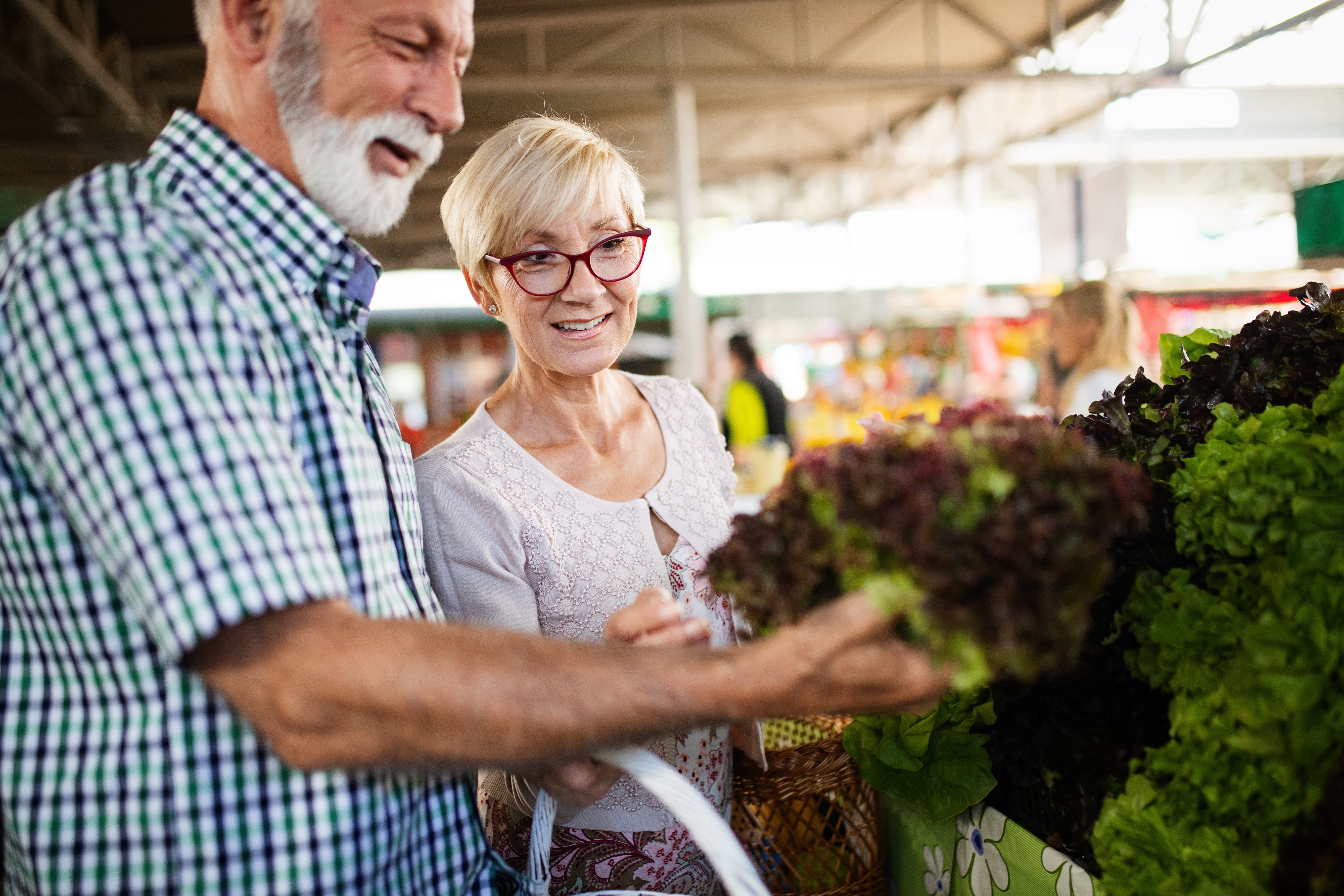
Pre-washed produce isn’t ready to eat
Don’t buy into the promise that the bag of lettuce or carton of strawberries you’re holding were washed for you. They may have been washed at one point, but that doesn’t mean they’re ready-to-eat now. Misting produce doesn’t make them clean either. “Things in containers or bags should be washed before eating because even if it says they’re pre-washed it’s not always the case,” says Brianna Nash, creator of Balance + Lift. Her husband Zach, who worked in a grocery store for a decade, always makes her wash everything—everything. “All the produce is really dirty, and after putting out produce, his hands would be really black,” she shares. (Here’s how you should clean fruits and vegetables.)
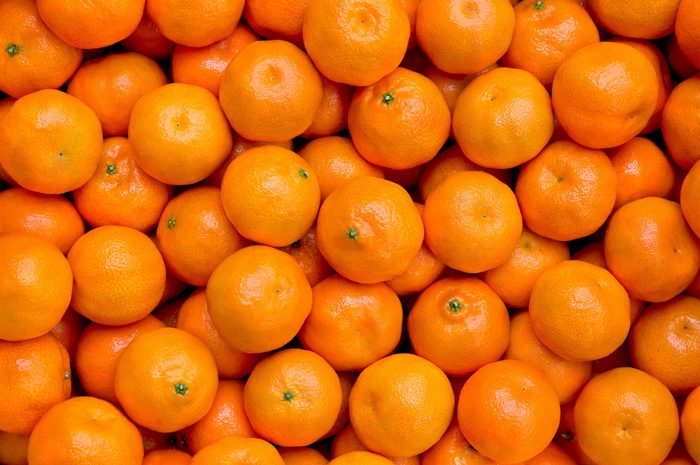
Pesticides and waxes might be used after harvesting
Some produce is further treated with pesticides after they’re picked in order to slow ripening, says Samantha Presicci, MCN, RD, LD, CPT, the lead registered dietitian at Snap Kitchen. “Non-organic citrus, especially oranges, are often sprayed with pesticides not only during the growing process but also after picking to maintain freshness. If you look closely at your bag of oranges, you might see a message like the following, “Treated to maintain freshness in transit with Imazalil, Sodium o-phenylphenate and/or Thiabendazole” or “Coated with food-grade vegetable-based, beeswax-based, and/or lac-resin-based wax or resin.” See the foods you should always buy organic.
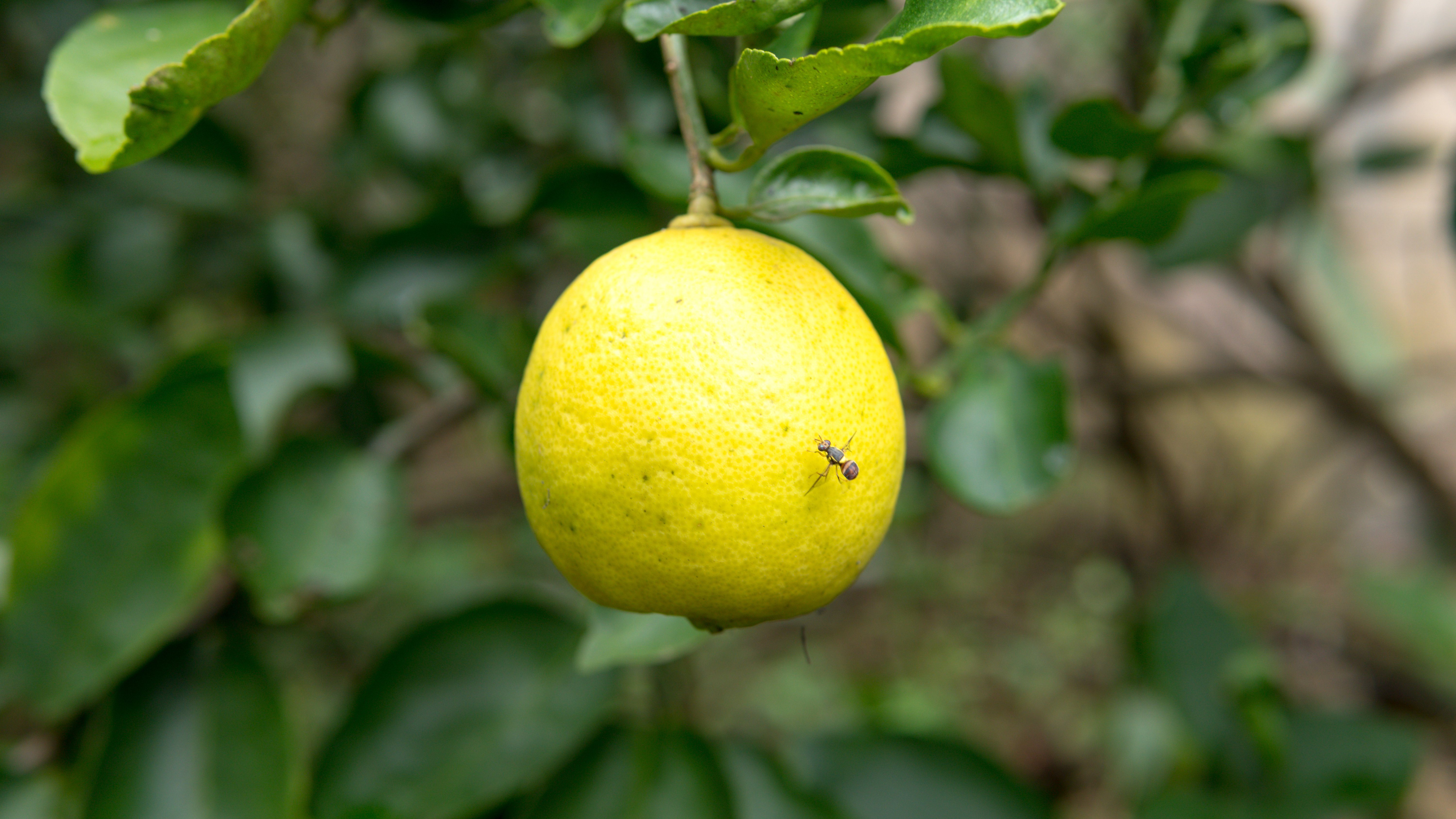
It’s not protected from creepy crawlers
While they may have a cover on them in transport and storage, produce cartons and shipping containers are not always protected from the elements—or bugs. “Rodents will crawl on them, and bugs like spiders, frogs, flies, etc. So, don’t trust that it’s clean. Always wash the produce you buy,” Nash says.

Organic doesn’t mean pesticide-free
If you instinctively reach for organic produce because you think that means you’re buying fruits and vegetables that were grown without pesticides, Brianne Bell, RD, creator of Frugal Minimalist Kitchen, says you may want to reevaluate. “As a dietitian, one thing my clients are shocked to learn is that organic produce is grown with pesticides, too. They often mistakenly think that organic equals pesticide free, but in reality, it just means pesticides deemed ‘organic’ are used,” she says.
What’s more, organic isn’t license to skip any washing or cleaning steps once you get it home, says Chris Mathews, produce manager and founder of The Great Fruit Hunt blog. “Consumers think it’s okay to eat organic produce without washing. With organic farming there can actually be an increase in food safety concerns because of the close contact with natural fertilizers, such as animal manures and the use of organic pesticides,” he says.
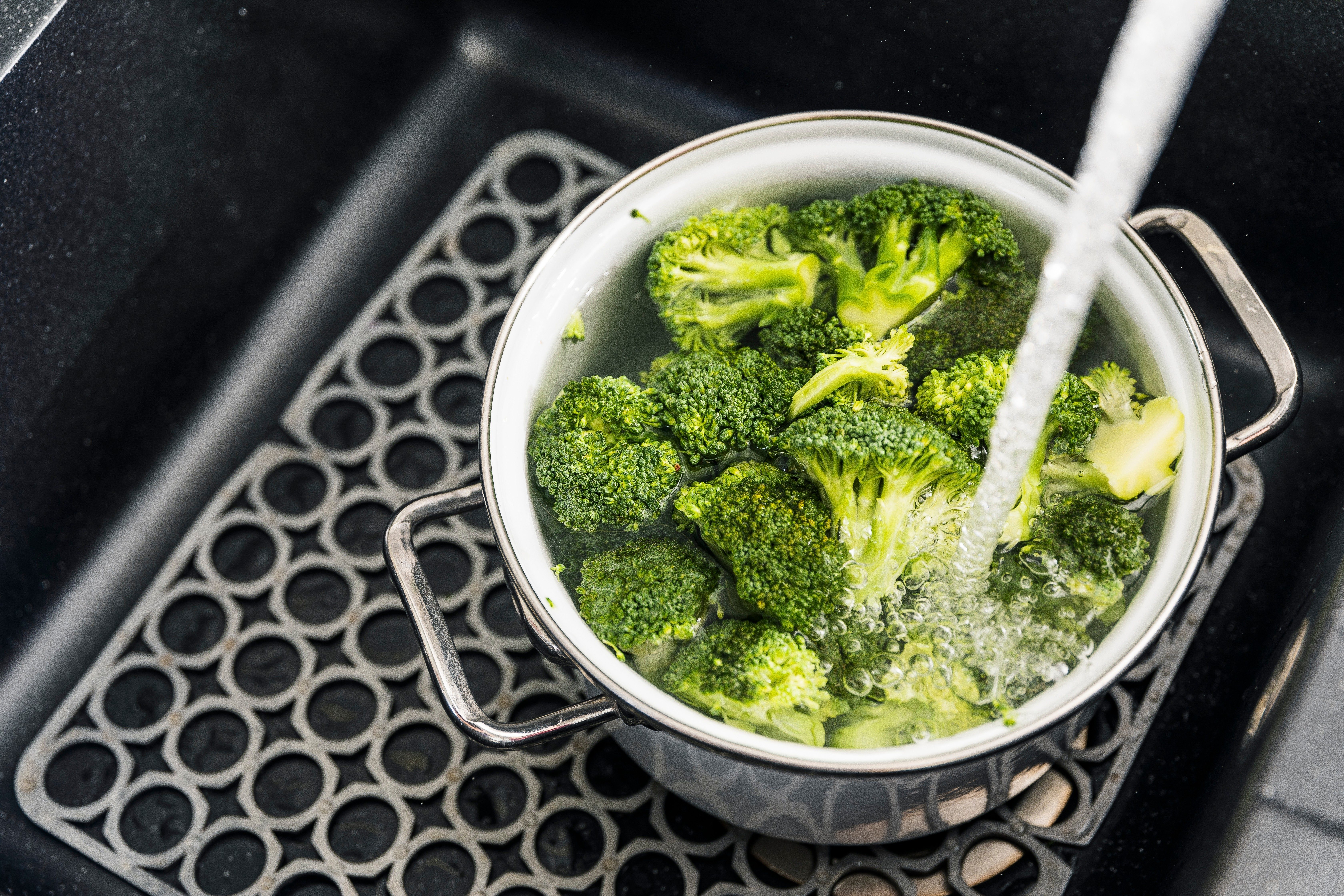
Your produce isn’t washed before it hits shelves
If you think your apples, avocados, or apricots were washed and rinsed before they were packaged and shipped out of the orchards, you might be in for a surprise, Mathews says. “One thing that would surprise a lot of people is that there is not a lot of checks and balances for certain foods before they arrive,” he says. “Some literally come straight from the field to the grocery store floor. For example, there isn’t any sort of cleaning, sanitation, or processing of most berries before they hit a grocery case.”
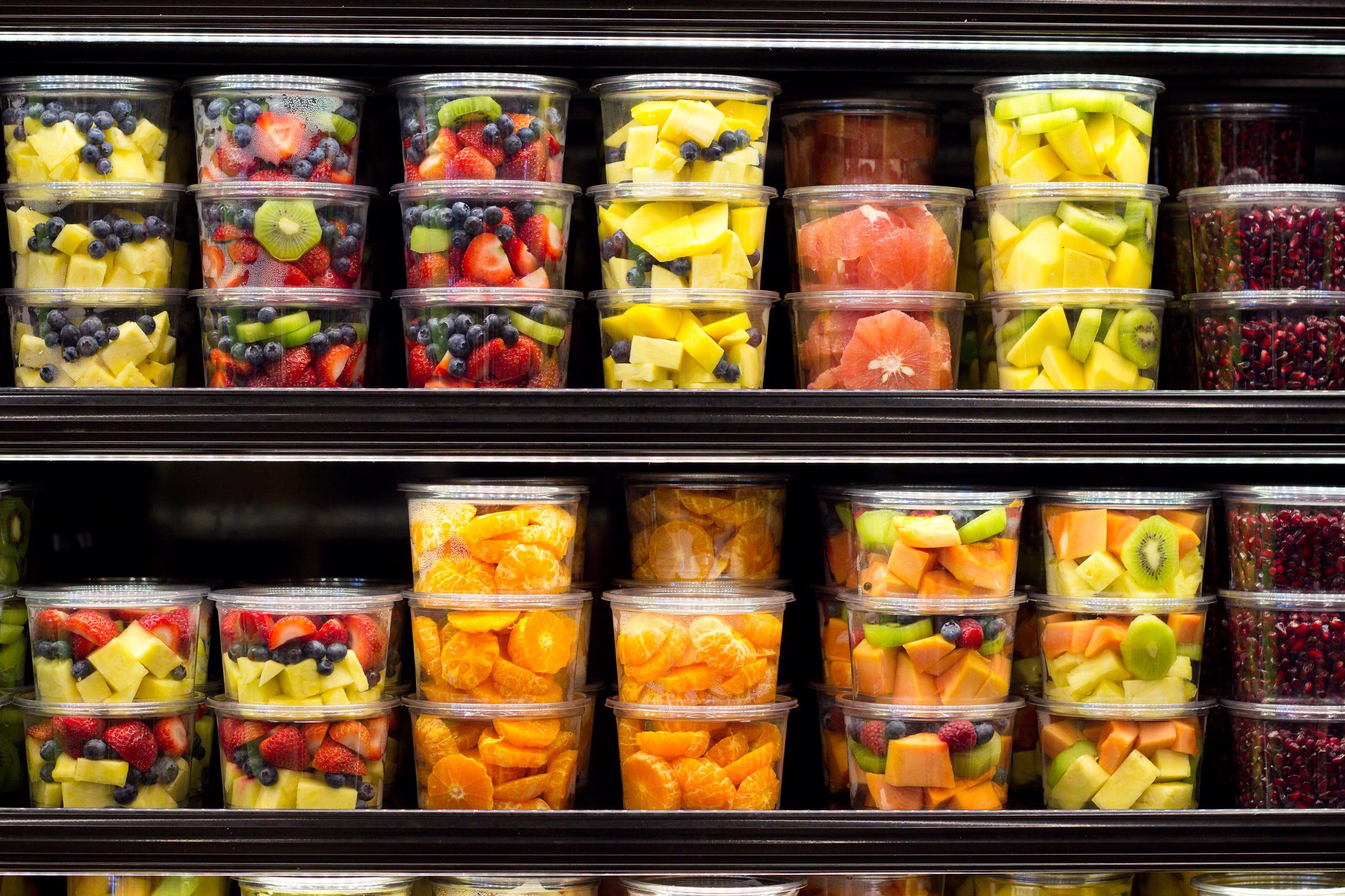
The freshest produce is often hidden
If you want the freshest fruits and veggies—that is, the ones that were set out for customers most recently—you may have to do a bit of work says Nicolette Pace, chef, dietitian, and nutritionist. “Newer expiration dates are placed in the back of shelves, so if you need a longer shelf life, check the back of the shelf,” she says.
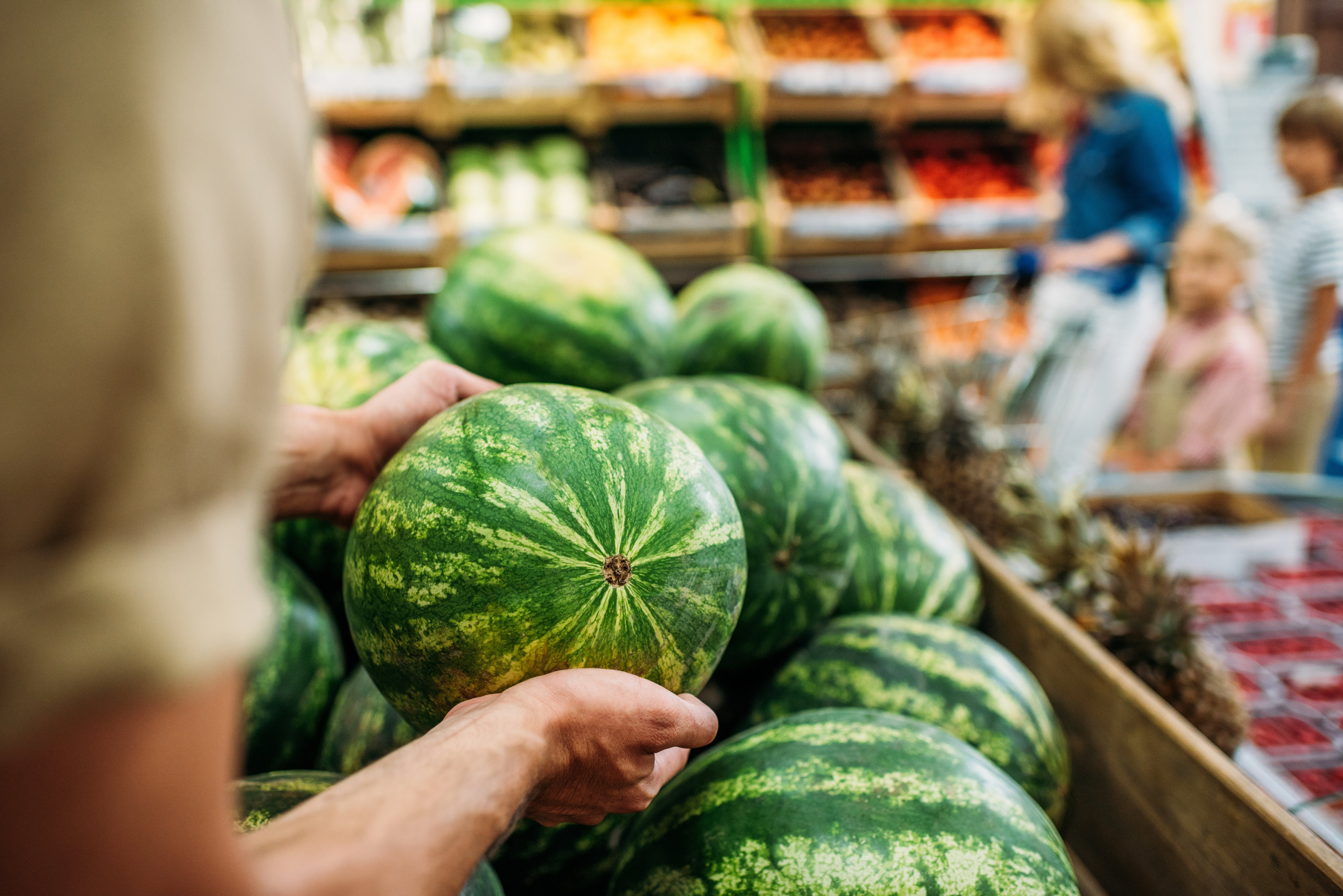
Health policies aren’t strictly enforced
Strict rules govern a lot of the supply chain for the country’s foods, but once it gets to the store, things get fuzzy. Health Canada says fresh produce can “come into contact with harmful microorganisms during and after harvest if it is not properly handled, stored, and transported. In addition, fruits and vegetables can become contaminated through contact with raw food items such as meat, poultry, seafood, and their juices. This can happen at the grocery store, in the shopping cart, in the refrigerator, or on counters and cutting boards in the kitchen.”

Bananas are chemically ripened
If your grocery store isn’t near a banana farm or plantation (and odds are, it isn’t), you can rest assured the fruits were picked long before they got to you, and they were nowhere near yellow. A scientific process allows banana farmers to harvest the fruit while they’re still very green, pause the ripening process, and then begin ripening them again just before the fruits are set out for consumers, according to NPR.
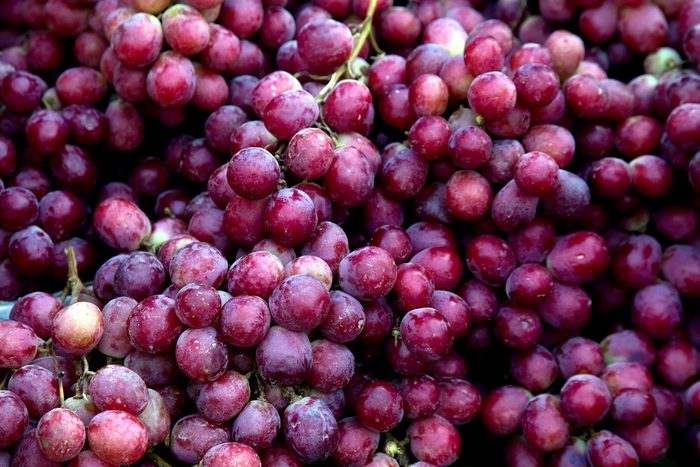
Your grapes might be full of spiders
There is no shortage of horror stories from shocked consumers who pull apart a bunch of grapes or bananas to find a hideous eight-legged spider staring back at them. Fruits are generally sprayed with pesticides after harvesting and before shipping to kill any stowaways, but sometimes, those creepy-crawlies survive. Black widows have been found in grapes; deadly Brazilian wandering spiders can hitch a ride in bananas. But if you encounter them, Scientific American says you should scoop them up, not squish them. If they bite you, be sure to take them with you to the hospital so they can be identified for proper treatment.
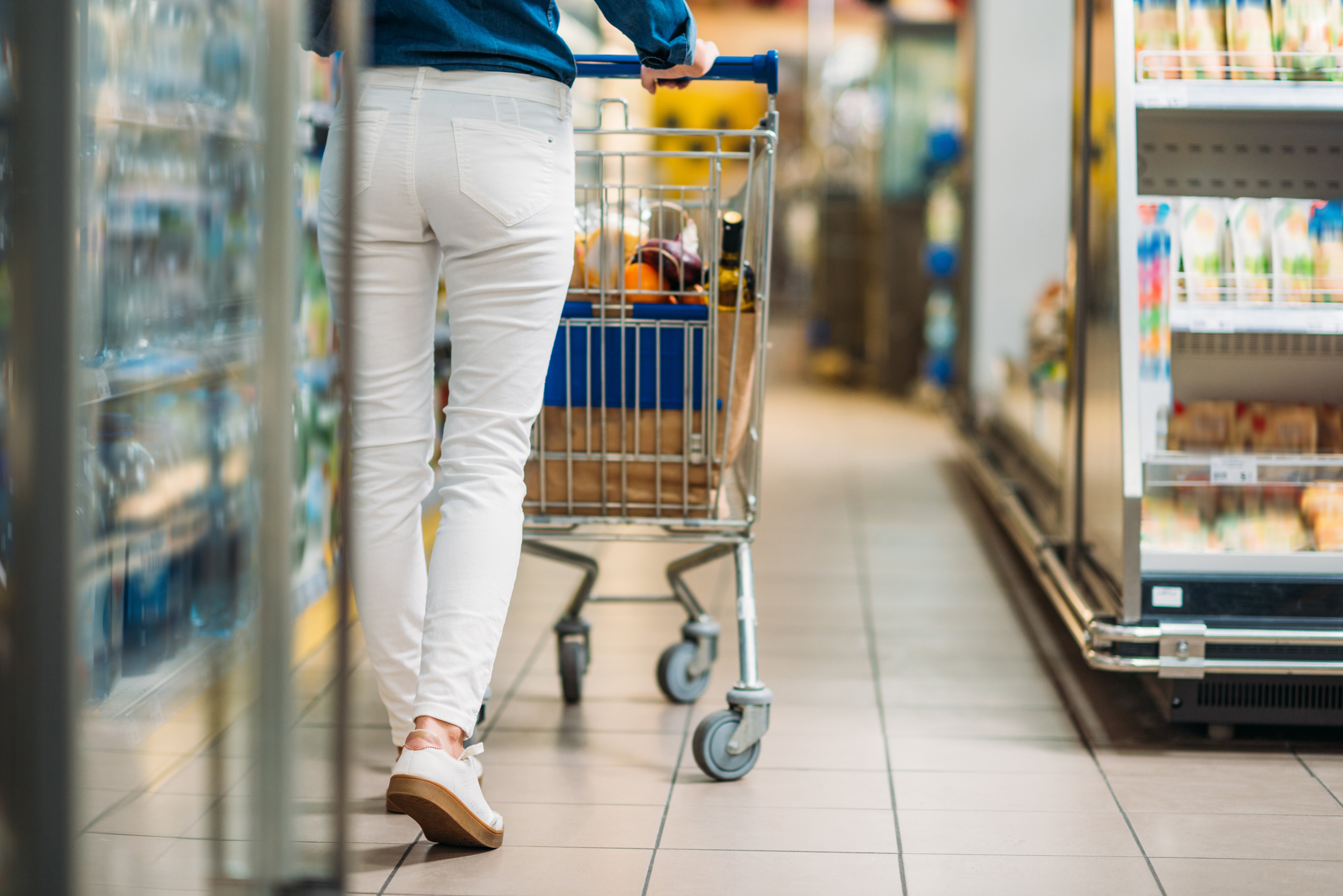
Fellow shoppers are pretty gross
The produce department employees and you aren’t the only people handling fruit and vegetables you intend to buy. Every person who walks through that store could potentially touch it. They may squeeze, poke, or thump it, looking for the just-right piece they want to buy. All of that equals more bacteria on your food and plenty of reasons to wash everything well.
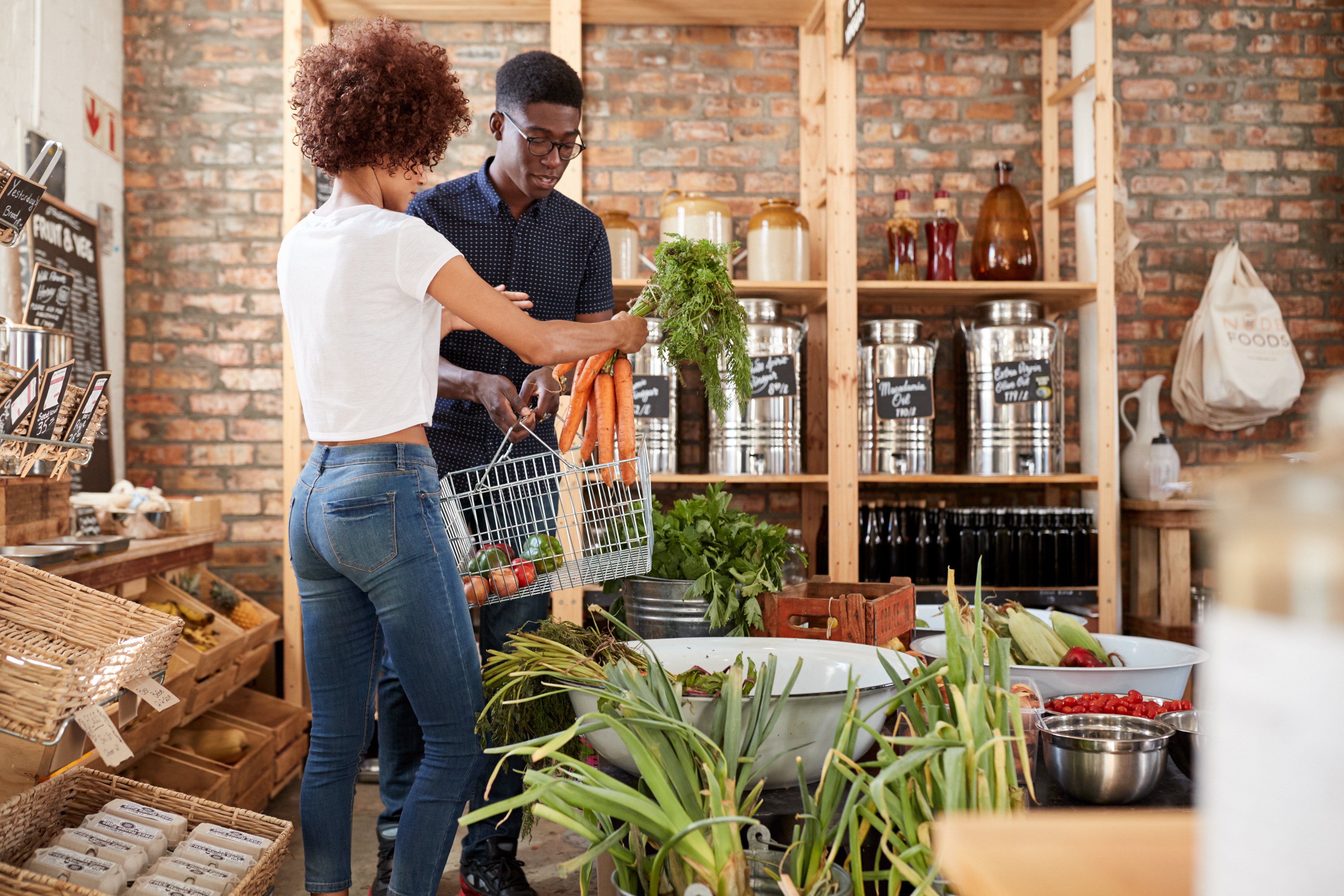
Stores mark up their produce a lot
“Produce is way overpriced; it’s usually marked up 60 percent,” Nash says. Some grocery stores allow local farmers to sell their produce at their stores, but they aren’t always paid a fair price, she says. If you want more to go to the farmers who grew the food, you may want to seek out farmers’ markets or co-ops and community-supported agriculture (CSA) groups. Check out the benefits of shopping at a farmers’ market over a grocery store
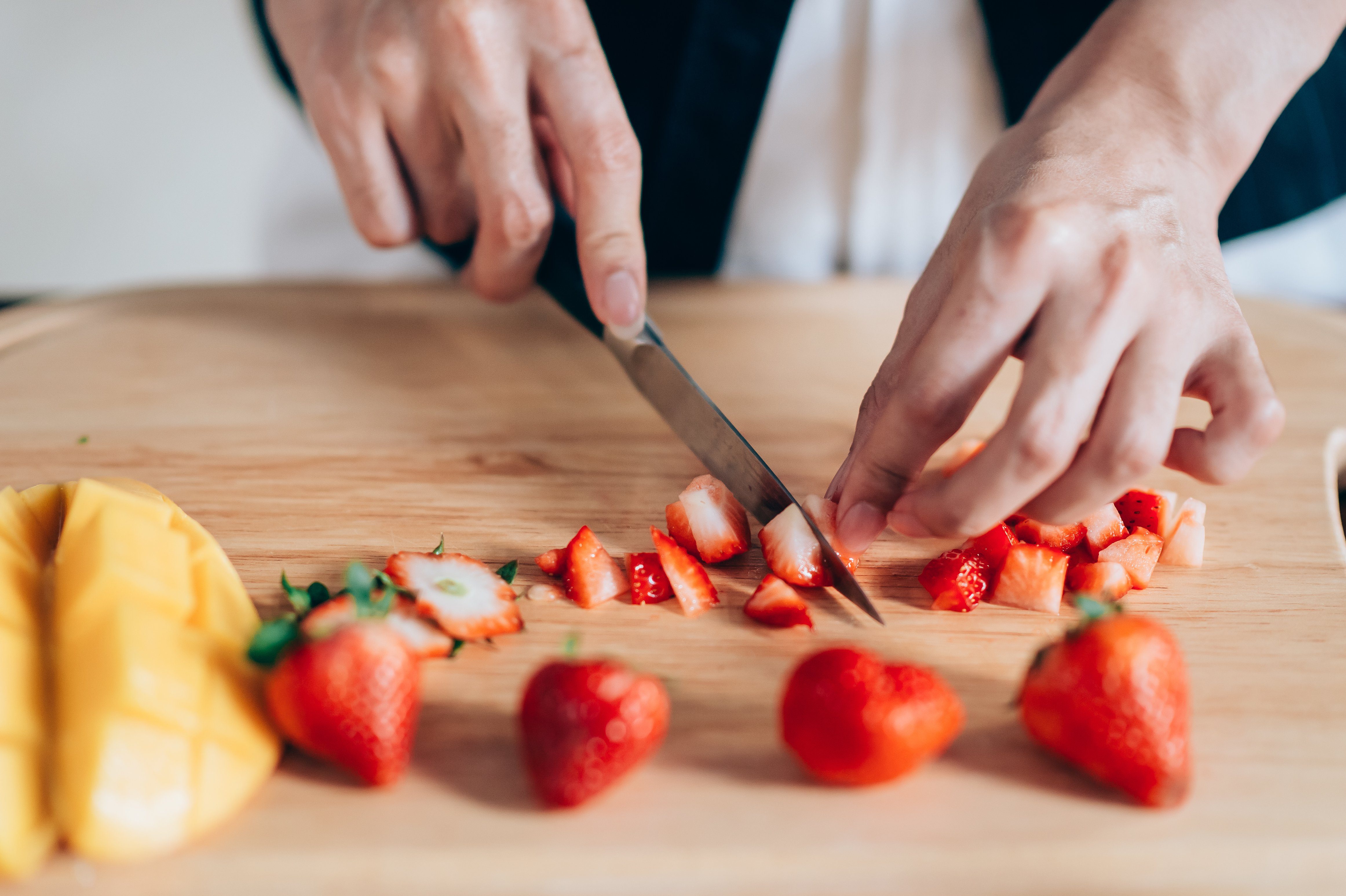
Pre-cut fruit has a short shelf-life
Pre-cut produce is a time-saver, certainly, and it will cost you a few more of your hard-earned dollars. But pre-cut fruit might cost you in other ways, too. Consumer Reports says that fruit that’s been cut and packaged for retail sale is exposed to oxygen, light, and possibly heat. All of these elements can affect the fruit’s vitamin content, and quickly deteriorate its quality.
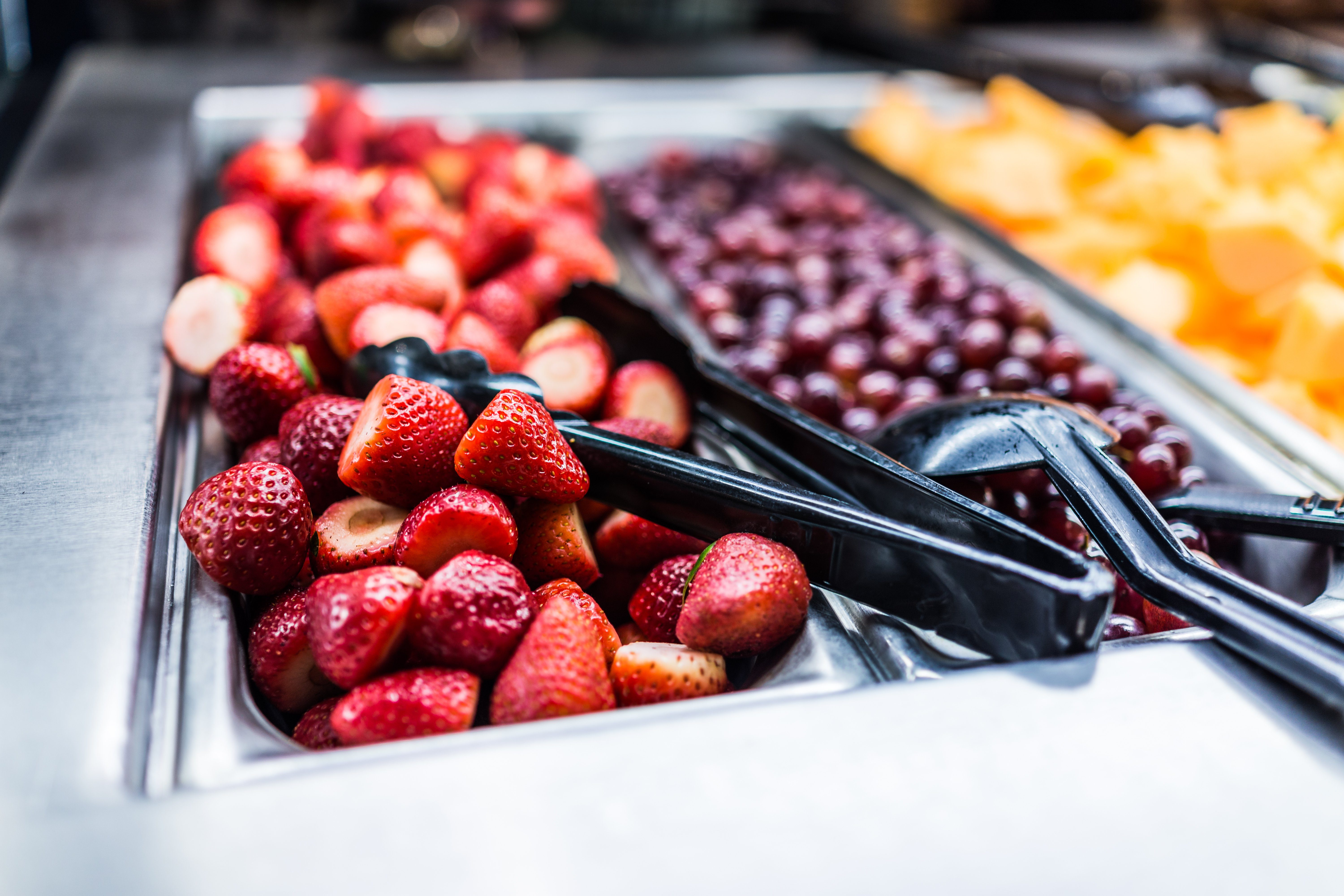
Old produce might end up in the salad or soup bar
A lot of produce that doesn’t sell is tossed out, but not all of it. Forbes says grocery stores will use the fruits, leafy greens, and vegetables that are nearing their peak freshness or recently passed the use-by date in their salad and hot bar offerings. These foods aren’t bad or potentially harmful, they’re just at a point that the typical consumer won’t buy them.
Next, check out these grocery shopping tips that make the chore a little bit easier.
